In the vast, star-speckled expanse of our universe, the existence of extraterrestrial life has been a subject of speculation and intrigue for centuries.
Within this realm of cosmic mysteries, few names have sparked as much controversy and fascination as Bob Lazar.
A figure shrouded in secrecy, disbelief, and awe, Lazar has become a linchpin in the UFO community for his explosive claims about advanced alien technology hidden within Earth’s reach.
But what if the man is not a peddler of science fiction fantasies but rather a herald of otherworldly truths?
Who Is Bob Lazar?
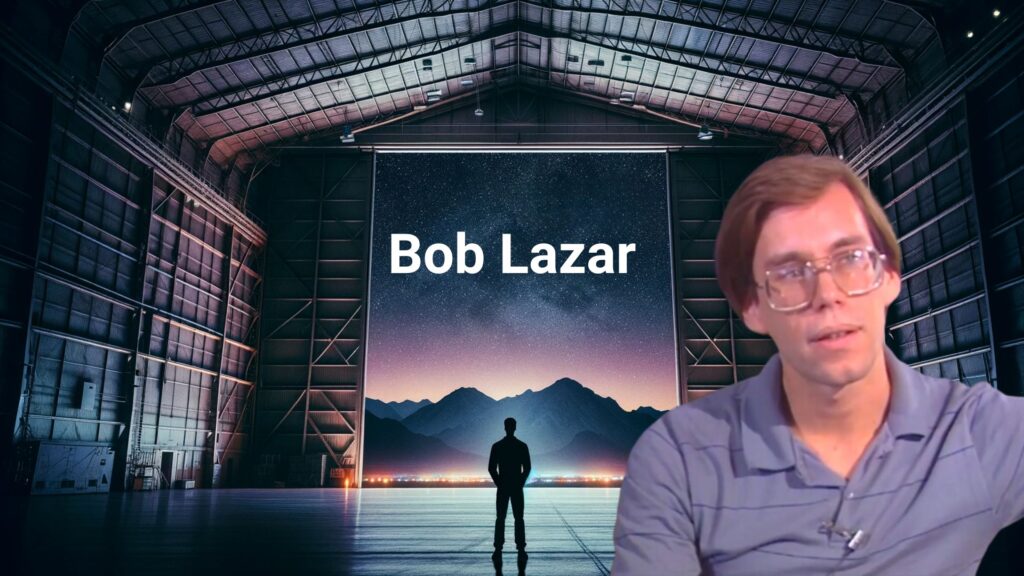
Bob Lazar emerged on the public stage in 1989 when he appeared in a televised interview with investigative reporter George Knapp on Las Vegas TV station KLAS. Under the pseudonym “Dennis,” Lazar divulged information that would reverberate through the corridors of power and among the stars above.
His claim was nothing short of cinematic: he alleged to have worked on reverse engineering extraterrestrial spacecraft at a secret site called S-4, near the infamous Area 51 in Nevada.
According to Lazar, his task was to understand the propulsion systems of these craft, which were unlike any technology known to humankind.
The Pillars of Credibility
To believe Bob Lazar is to entertain the idea that we are not alone in the universe and that our technological advancements may be but a shadow of what civilizations beyond our solar sphere have achieved.
But why would we consider Lazar’s account to be credible? Here are a few compelling reasons:
Education and Knowledge
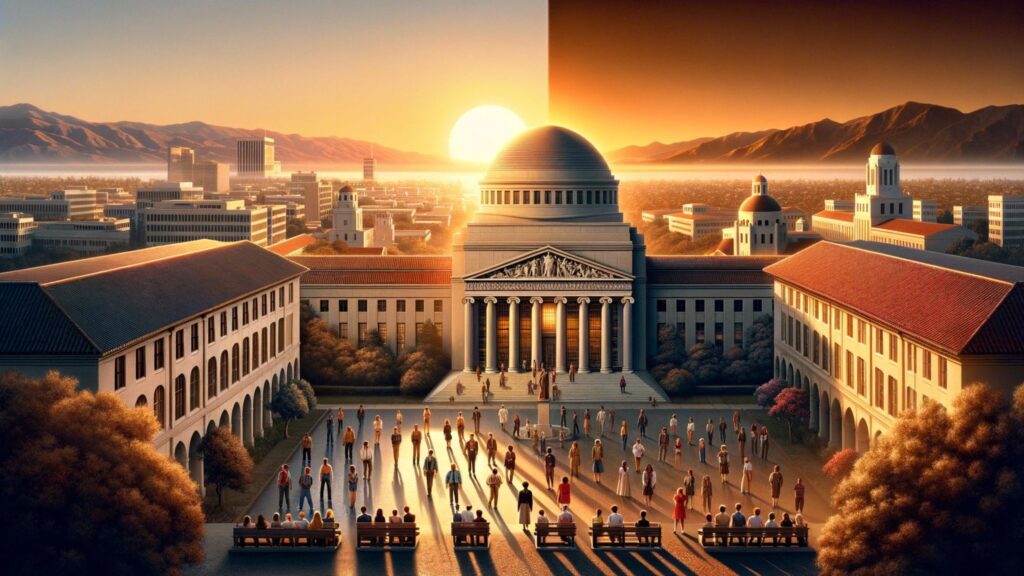
Lazar asserts that he attended MIT and Caltech, although there are no records to support his claims due to what he suggests is a systematic erasure of his identity.
Skeptics use this lack of evidence to discredit him, but supporters point to his extensive knowledge of physics and engineering, which lends credence to his ability to speak on such complex subjects as advanced propulsion.
Detailed Descriptions
The specifics Lazar has provided about the technology he claims to have worked on are highly intricate and consistent over time.
He describes the craft’s propulsion system as functioning on an antimatter reactor and manipulating gravitational fields—a concept that, while not part of mainstream science in the 1980s, has since gained traction among physicists.
Physical Evidence

Lazar recounts being shown an element called Element 115, which he said was the fuel source for the alien craft.
This element was not part of the periodic table at the time.
However, in 2003, scientists synthesized a new element, Moscovium, which was assigned the number 115, potentially giving weight to Lazar’s claims.
Richard Dolan’s Supportive Perspective
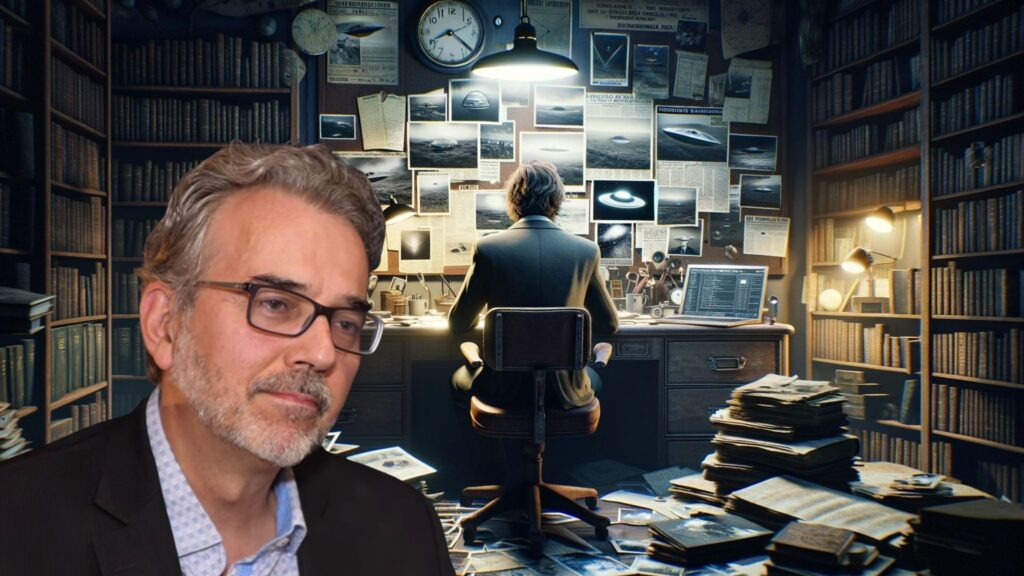
When discussing figures who have lent support to Lazar’s claims, one cannot omit the respected UFO historian and researcher Richard Dolan.
Known for his meticulous research and reasoned approach to the subject of UFOs, Dolan has expressed that while he approached Lazar’s story with skepticism, he found it to be plausible.
Dolan has pointed out that the lack of records verifying Lazar’s educational and professional background might be seen as part of a potential effort to discredit him.
He also noted that Lazar’s description of the physics involved in the alien technology predates public awareness or understanding of such concepts, adding a layer of prescience to Lazar’s accounts.
Unveiling the Unknown: Bob Lazar’s Groundbreaking Whistleblowing
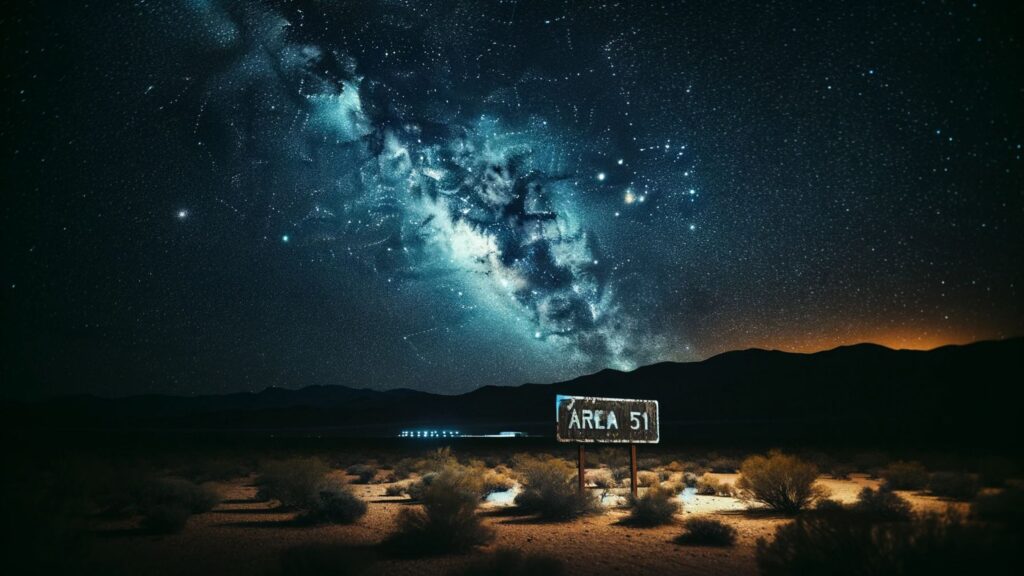
Before Bob Lazar stepped into the spotlight, Area 51 was just another anonymous installment in the vast Nevada desert.
It was Lazar’s courageous revelations that brought this secretive military base into the public consciousness as the supposed epicenter of extraterrestrial research.
As the first whistleblower to come forth with claims of working on alien technology within a government facility, Lazar ripped open a curtain that the powers-that-be would have preferred to keep shut.
A Beacon in the Desert: Area 51 Exposed
It was 1989 when Lazar sat in the dimly lit room, face obscured, voice altered, and introduced the world to Area 51. Before this interview, the base was unknown to the public, lacking even an acknowledgment of its existence by the U.S. government.
Lazar’s descriptions of the base and its otherworldly projects cast a spotlight on what may be one of the most secretive military operations in history.
His revelations sparked interest and investigation that would turn Area 51 into a household name and a symbol of government secrecy and alien lore.
A Chorus of Witnesses: Corroboration of Lazar’s Claims
Over the years, Lazar’s story has been met with a mixture of skepticism and awe.
Yet, it gains considerable strength from the chorus of voices that have risen to support his claims.
No less than 25 witnesses, some of whom have come forward with their own stories, have corroborated aspects of Lazar’s account, speaking to the unusual activities surrounding the S-4 site and the existence of technologies that defy conventional understanding.
These witnesses come from various backgrounds and hold different pieces of the puzzle, that is, Lazar’s time at S-4.
Their testimonies create a tapestry of evidence that lends weight to the idea that Lazar’s disclosures are not merely the concoctions of a fanciful mind but are based on witnessed and experienced realities.
The Legacy of a Disclosure Pioneer
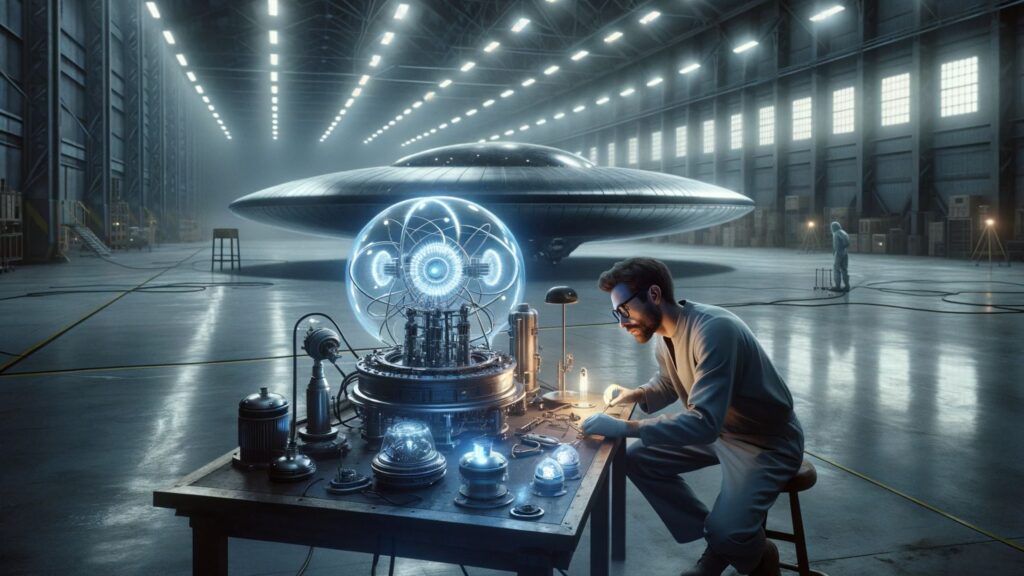
As the first whistleblower to unveil the secrets of Area 51, Bob Lazar stands as a pioneering figure in the disclosure movement.
He paved the way for future whistleblowers and truth-seekers who dare to reveal concealed knowledge that challenges our perceptions of science and our place in the cosmos.
Bob Lazar’s audacity to speak up has not only added a crucial chapter to the narrative of UFOlogy but has also encouraged the public to demand transparency and truth.
It’s worth noting that the very existence of Area 51 was only officially acknowledged by the CIA in 2013, decades after Lazar brought its secrets to light—a subtle nod, perhaps, to the significance of his disclosures.
In the annals of UFO history, Bob Lazar will be remembered not just for what he revealed but for his role in shaping a global conversation about extraterrestrial technology and the extent of human understanding.
While we traverse the enigmatic tales spun by individuals like Bob Lazar, it’s essential to understand the scientific and investigative figures behind the study of UFO phenomena. Get to know Dr. James Lacatski and Dr.
Colm Kelleher, pivotal figures in the research of anomalous aerial vehicles, by exploring our feature, ‘Who Are Dr. James Lacatski & Dr. Colm Kelleher?‘
Their work provides context and credibility to the complex narrative of UFOlogy that continues to captivate the world.
Bob Lazar: Uncovering Area 51 and Ushering in a New Era of Disclosure
- Pioneering Whistleblower: Bob Lazar is recognized as the first to blow the whistle on the secret military base Area 51, bringing it to public attention.
- Revelations on Area 51: Before Lazar’s 1989 interview, Area 51 was not a known entity to the general public, and his detailed accounts put the secretive military base on the map.
- Advanced Alien Technology: Lazar claimed to have worked on reverse-engineering extraterrestrial spacecraft, describing an antimatter reactor and gravitational propulsion systems that were far beyond known technology at the time.
- Element 115: He introduced the concept of Element 115 (Moscovium) long before it was synthesized or recognized by the scientific community, suggesting it was a power source for the alien craft he studied.
- Consistency Over Time: Despite decades passing, Lazar has maintained a consistent account of his experiences and the technologies he allegedly encountered.
- Corroborating Witnesses: Over 25 individuals have come forward over the years, providing testimonies that support various aspects of Lazar’s claims regarding activities at Area 51 and S-4.
- Educational Background Controversy: While records of Lazar’s claimed educational background at MIT and Caltech are absent, his in-depth knowledge of physics and propulsion lends credibility to his claims.
- Cultural Impact: Lazar’s story has had a profound impact on pop culture and the UFO community, influencing movies, books, and the public’s interest in extraterrestrial life.
- Government Acknowledgment: The U.S. government’s eventual acknowledgment of Area 51’s existence, long after Lazar’s claims, adds a layer of vindication to his story.
- Richard Dolan’s Support: Respected UFO historian Richard Dolan has found Lazar’s story plausible, noting the pre-emptive nature of his technology descriptions and the possibility of efforts to discredit him.
Embracing the Extraordinary
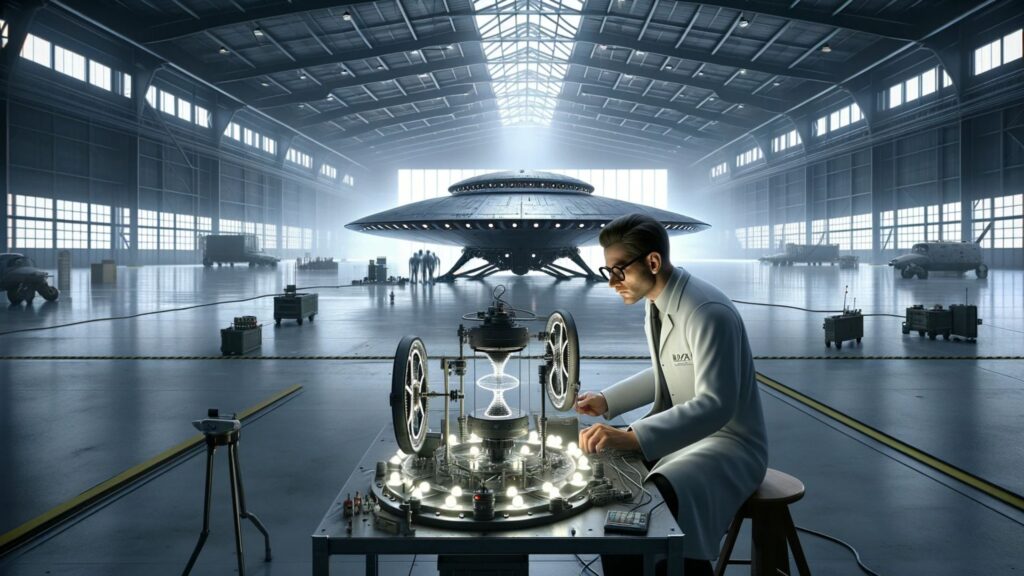
So, where does that leave us? It leaves us peering into the skies, wondering.
Bob Lazar’s story is a call to the curious and an invitation to the skeptics.
It’s a narrative that has survived scrutiny and ridicule yet continues to captivate and resonate with those who dare to ponder the possibility of its truth.
Bob Lazar has been called a conspiracy theorist, a hoaxer, and a fraud.
But to those who have looked closely, who have listened to the man himself and the corroborating voices like Richard Dolan’s, Lazar might just be one of the first ambassadors to a reality that stretches beyond our terrestrial boundaries.
The time has come to approach his revelations not with dismissive skepticism but with the open-minded wonder befitting a universe as beautifully enigmatic as our own.
For if Bob Lazar is right, then we stand on the cusp of the greatest adventure humanity has ever known—the exploration of the final frontier, not just in space, but in understanding.
Bob Lazar’s revelations about Area 51 and extraterrestrial technology invite us to look deeper into the historical encounters between humans and alien species.
For a more extensive look at these interactions throughout history, delve into our detailed article, ‘A Historical Journey: Alien Species Throughout Time,’ where we explore the legacy and implications of such extraordinary claims.

